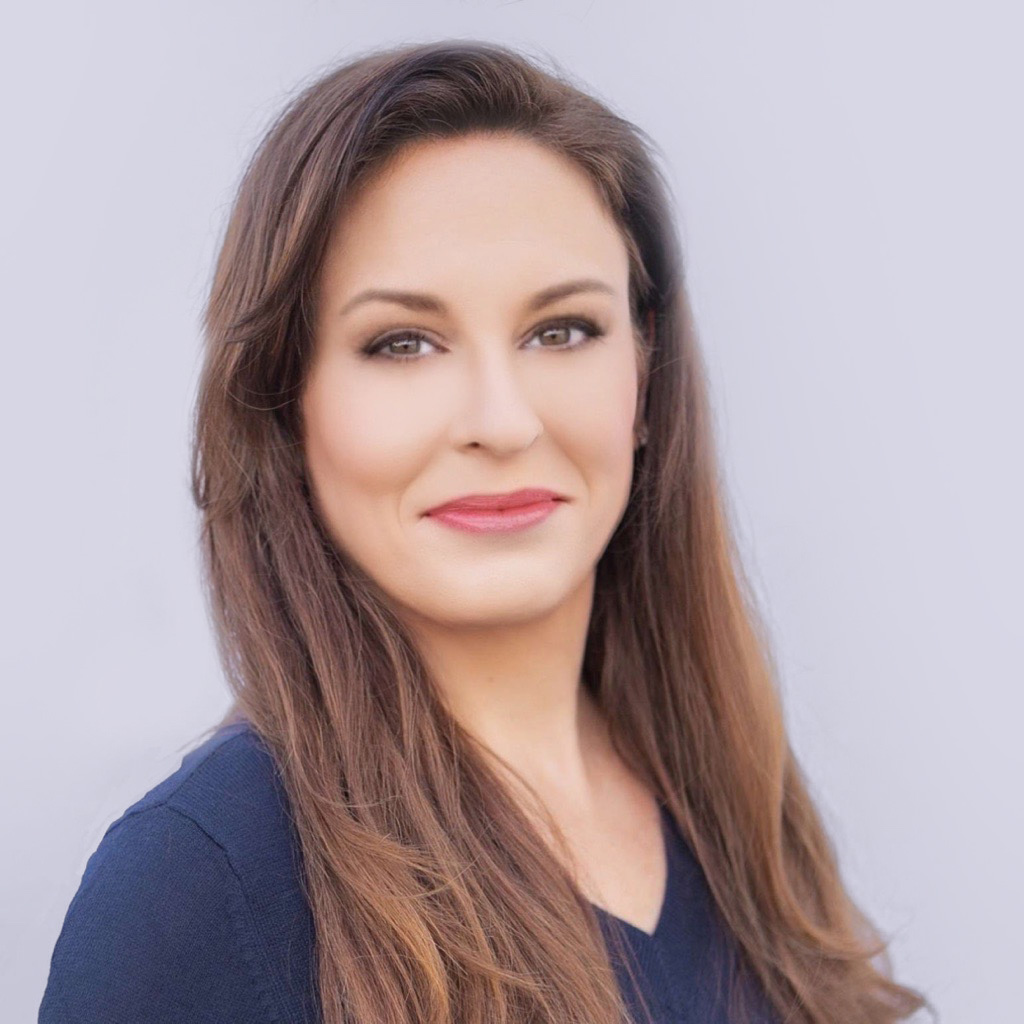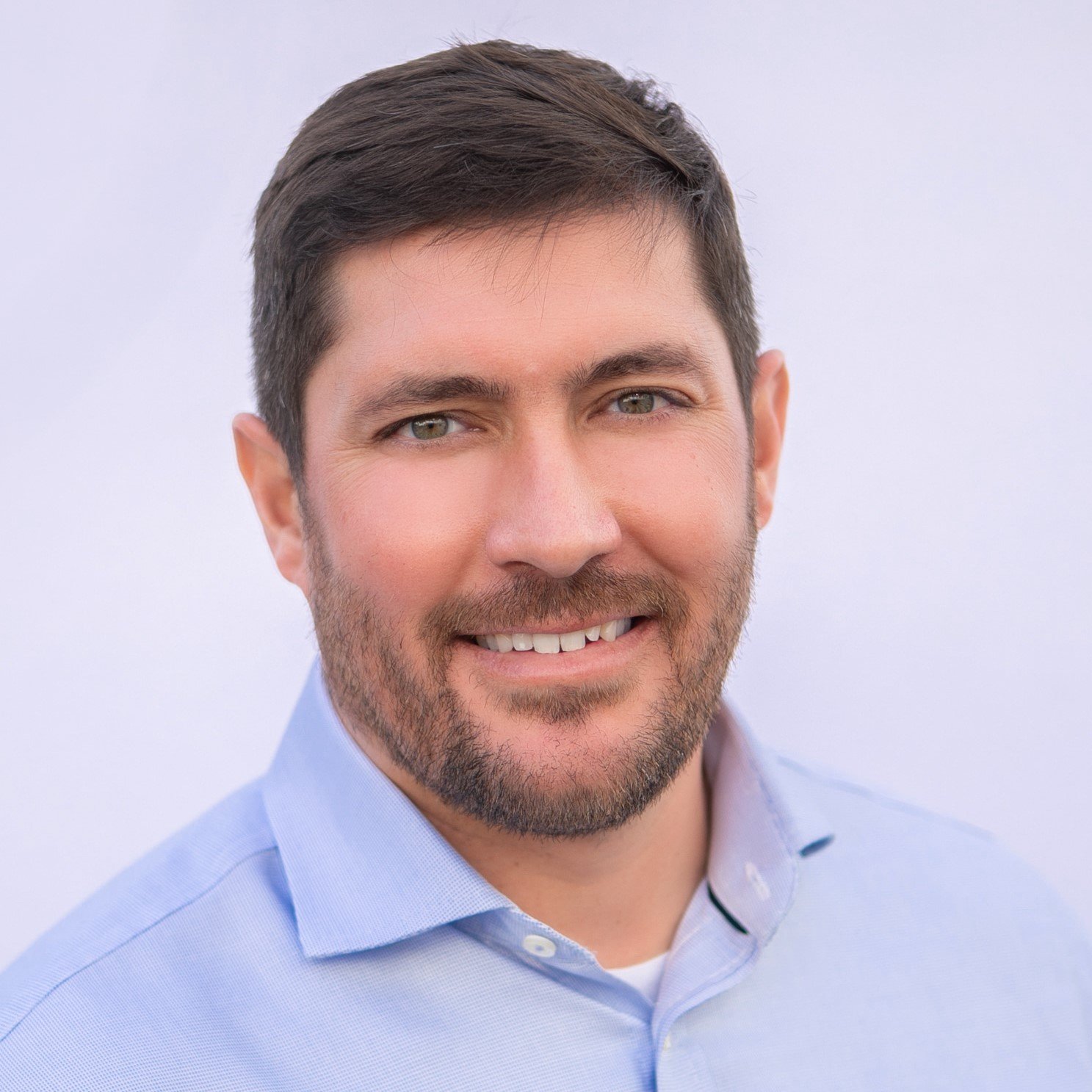Tommy Cousins
President
LinkedIn Page
I have 20 years’ experience in environmental management, including 14 years working full-time in the mitigation and ecological restoration industry. I have developed and managed many wetlands, endangered species, stream, nutrient, and buffer mitigation projects in North Carolina, South Carolina, Georgia, Tennessee, Virginia, West Virginia, and Mississippi.
My experience includes working in wetland and stream mitigation, Section 404/401 permitting, environmental regulations affecting development and mitigation, land stewardship and conservation planning, real estate and conservation easement transactions, wetland and stream delineations and assessments, Endangered Species Act consultations, and GIS mapping.
I graduated with a Master of Science degree in Natural Resources from Virginia Polytechnic Institute and State University. I also have a Bachelor of Science degree in Environmental Science from North Carolina State University.
I’m passionate about restoring and protecting our natural resources. I also enjoy growing and managing a business, so the mitigation industry is a natural fit for me. Every day I get to work on interesting and fulfilling projects while guiding and collaborating with an amazing team.
In my free time I enjoy hiking, working out, kayaking, playing guitar, and hanging out with my rescue lab mix, Bruce.













































